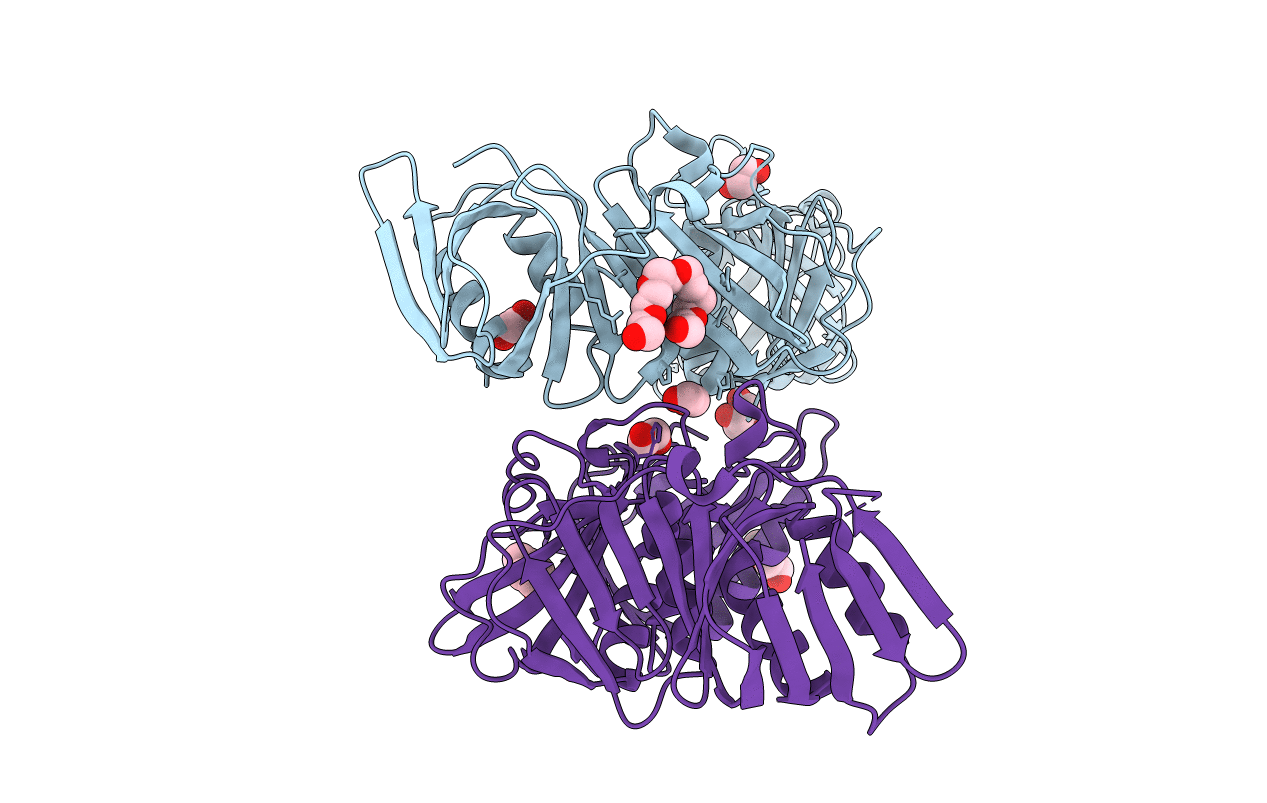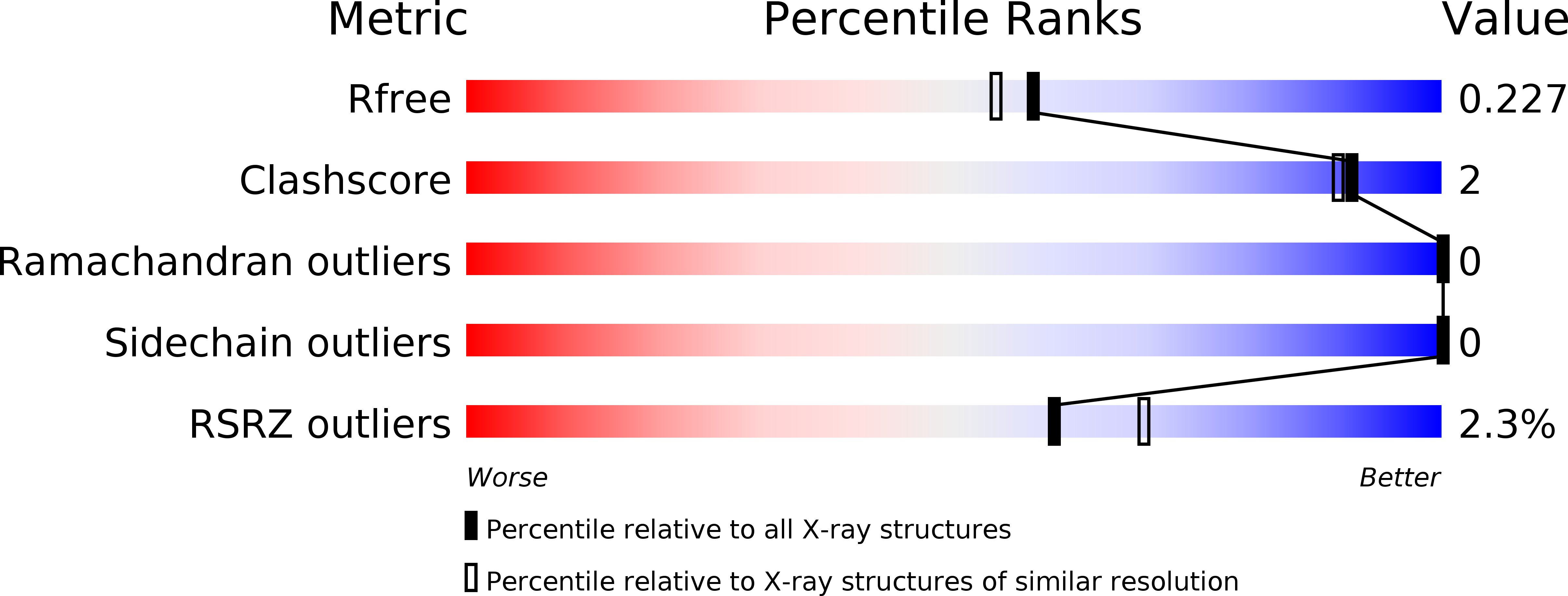
Deposition Date
2019-02-23
Release Date
2019-11-27
Last Version Date
2023-11-22
Entry Detail
PDB ID:
6JIR
Keywords:
Title:
Crystal structure of C. crescentus beta sliding clamp with PEG bound to putative beta-motif tethering region
Biological Source:
Source Organism:
Caulobacter vibrioides CB15 (Taxon ID: 190650)
Host Organism:
Method Details:
Experimental Method:
Resolution:
1.95 Å
R-Value Free:
0.21
R-Value Work:
0.17
Space Group:
C 1 2 1


